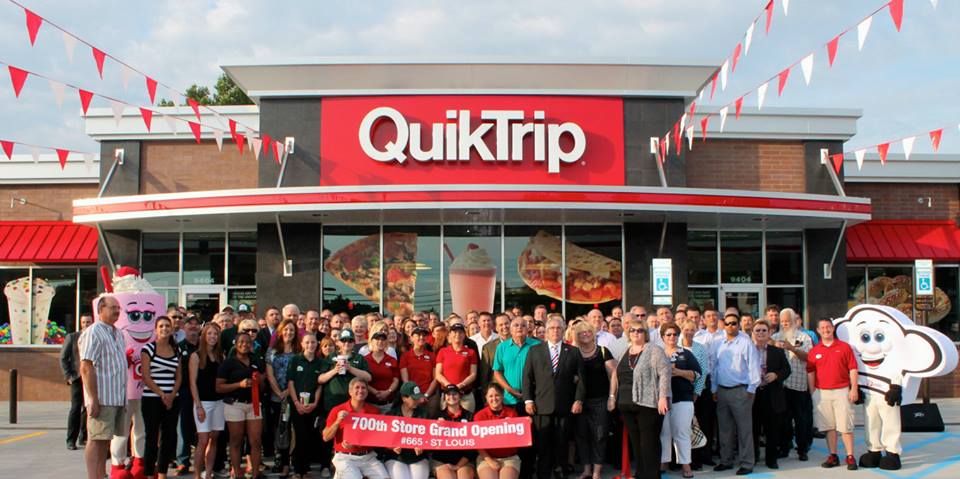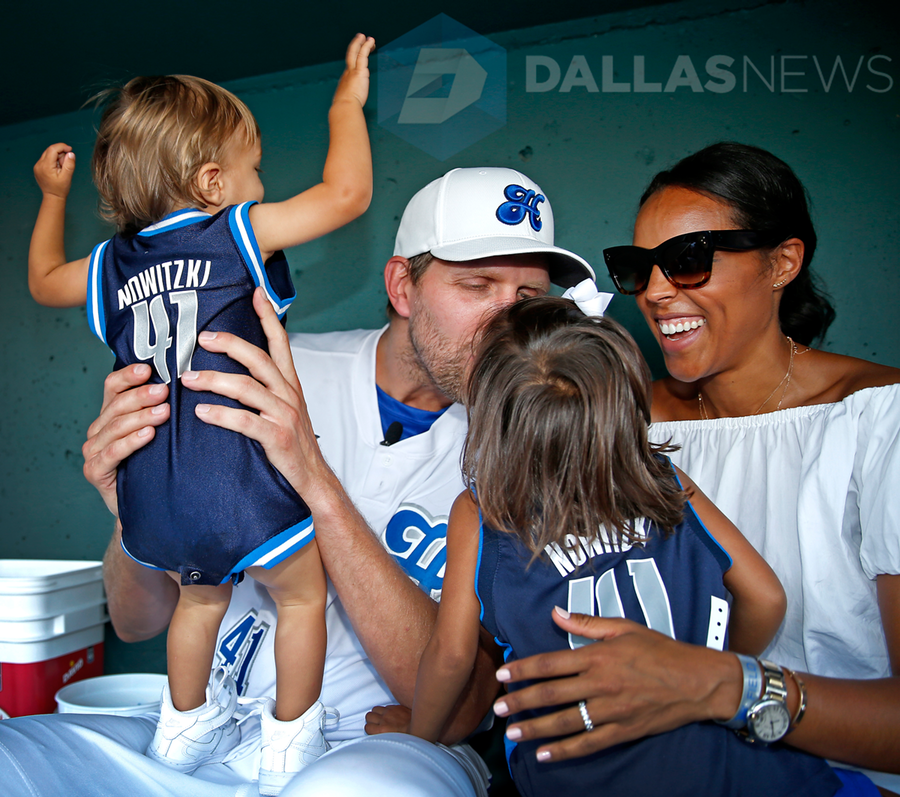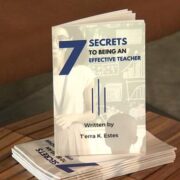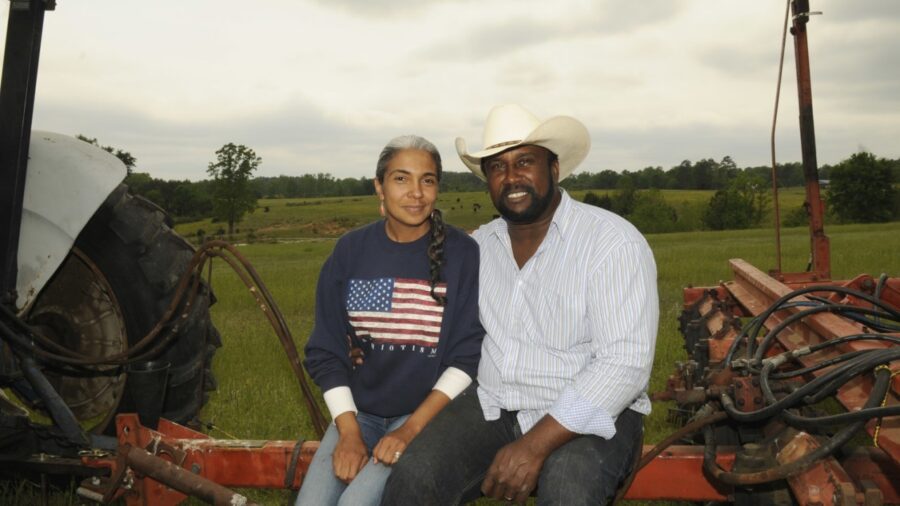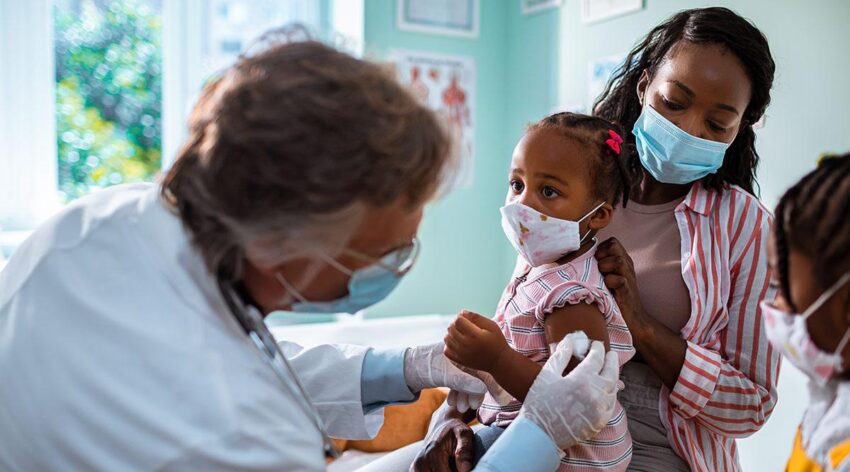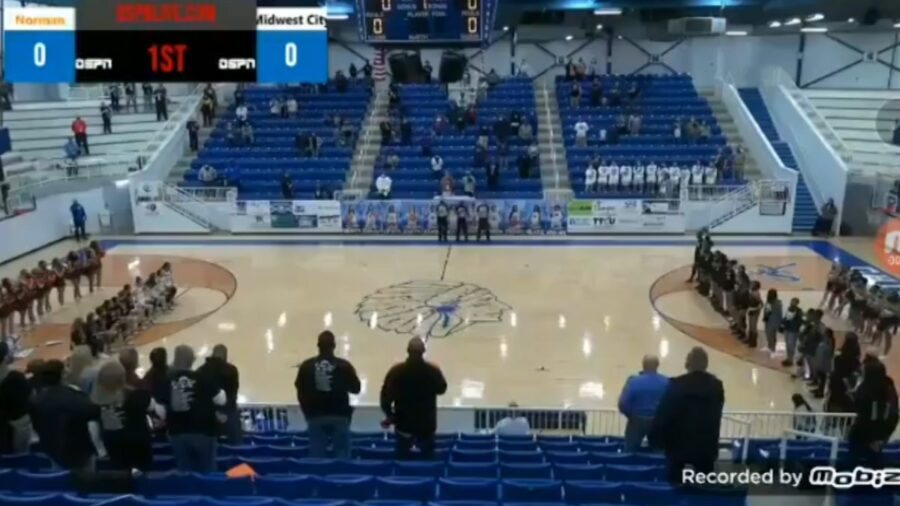
The broadcaster caught directing the N-word at a girls’ team dredges up memories of the racism I experienced as a young player in Tulsa. But what happened the next day gives me hope.
Back in 1996, my Booker T Washington High School team beat Norman High in the Oklahoma state tournament final to seal back-to-back state championships.
What I remember most about it years later was an incident with some of the Norman fans after the game as I was leaving the arena on the campus of Oral Roberts University, where the tournament was held. These guys weren’t mad about losing the championship. They were mad that I had done the Black Power salute during the national anthem before it started.
See, while in high school, I discovered the third verse of the Star-Spangled Banner that had later been omitted from the song we sing today. It read:
No refuge could save the hireling and slave
From the terror of flight or the gloom of the grave,
And the star-spangled banner in triumph doth wave
O’er the land of the free and the home of the brave.
Since learning that, I always felt offended whenever I would hear the anthem played. All I could hear was that third verse. I wondered why they used a song that has something so evil in it? Why couldn’t they just create a whole new song?
By then I had also learned about John Carlos and Tommie Smith, who had the courage to stand on the podium at the 1968 Olympics and perform the Black Power salute in front of the entire world. So from that moment on, whenever the anthem was played before our games, I would use the Black Power salute to make a statement against that third verse in particular, which didn’t go over too well in Oklahoma. Those fans from Norman didn’t appreciate it either.
I will never forget the anger, hatred and evil in their faces. I remember their venom as they shouted: “Who the hell did you think you are to disrespect our country?”
I can also remember the university’s security guards coming over to break up the situation, only to ask me “Is everything OK here?” and looking at me as if I was the one starting trouble.
That incident was the first thing I thought about when I saw the now-viral video of Matt Rowan, the announcer who made headlines on Friday after a hot mic caught him using the N-word toward the Norman girls’ basketball team as they knelt before the national anthem. (It should be noted that his broadcast partner Scott Sapulpa, the head football coach at Hulbert High School in northeast Oklahoma, could not be heard objecting to Rowan’s language.)
Did it surprise me? Not at all. It was, however, shocking to hear Rowan blame his comments on his “spiking sugar levels” in his official statement. I wasn’t aware that racism was a side effect of diabetes.
But from my own experiences growing up in Tulsa and playing in all those towns outside the city where there were hardly any Black people, I have heard much worse from crowds. There were times it felt like a scene from the movie Glory Road, only this wasn’t the 1960s: we won our consecutive state titles in 1995 and 1996. What people don’t understand is the emotional toll that volume of hatred being hurled at you can take.
On my show The Rematch. I interviewed Mahmoud Abdul-Rauf, who was in essence Kaepernick before Kaepernick. He was infamously white-balled from the NBA after he caused a stir with his public stance on the national anthem. One of the topics we discussed was the evil and hatred that he experienced when he chose to silently pray during the anthem rather than stand.
“I ended up having to go to the hospital twice because I’m trying to process it and I’m listening to all of these diatribes and epithets being used against me every game and through hate mail,” he said. “I’m processing everything and in the process, I had to be admitted to the hospital twice, because I had ulcers and they had to put IVs in me and everything. The anger and hate that was constantly being thrown at me took a toll on me both mentally and physically.”
No one should be subjected to that type of torment as a result of a peaceful demonstration, regardless of what the opposition feels about it.
The bright spot in all of this was the solidarity exhibited by the other teams in the Oklahoma state tournament. Most notably, Norman’s next opponent, Union High School, whose players all took a knee alongside Norman before Friday’s semi-final. That included all of Union’s white players.
That for me shows hope. The ugly racial past and present of Tulsa can never be forgotten: from the Tulsa Race Massacre and torching of Black Wall Street, to police officer Betty Shelby killing Terence Crutcher and getting away with it, to the vitriolic images of Trump supporters outside his rallies during the 2016 campaign (at the Mabee Center where I was harassed), to Trump’s super-spreader Juneteenth rally last summer at the Bok Center downtown, to Friday’s video broadcasting a moment of hate to the entire world. But to see Black and white high school girls taking a knee together in defiance of hate is enough to make me believe in a better tomorrow.


